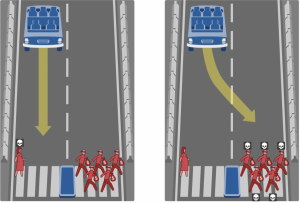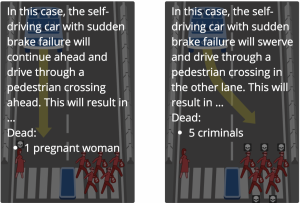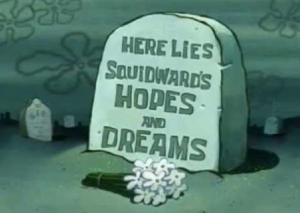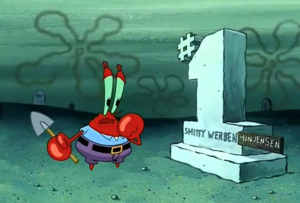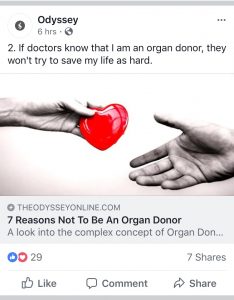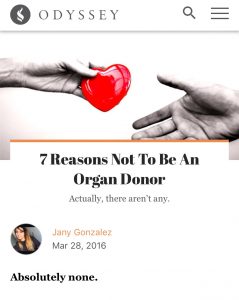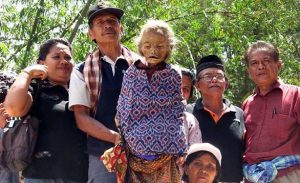Black mirror is a popular Netflix original anthological series that examines the dark aspects of modern society with countless casts and stories, from political satires to future dystopias. Despite the vast palette of styles, the show centers around a common theme: technology changes, but people don’t. To relate this to burial and the process of dying, consider season 2, episode 1 of the series. “Be Right Back” begins with one of the most realistic couples the show has featured. Ash and Martha are clearly very much in love. The episode focuses on Martha’s bereavement after Ash’s sudden death.
Martha practically sleepwalks through Ash’s funeral until her friend recommends that she try an experimental service that reconnects the living their deceased loved ones. The service uses algorithms to create a memory bot using online data such as photos, videos, and texts written by the person who had passed. This essentially creates a tailored “version” of the deceased loved one.
The service offers different levels of interaction. The first is through texting. After trying the service, Martha began to receive texts from this version of Ash, in which the bot simply mimicked Ash’s texting habits and humor. The second is through calling. Martha sent the service samples of Ash’s voice, and the service used them to call Martha as Ash. Finally, the service could create a real life replica of a loved one. The creepiness of the concept is masked by Martha’s grief, and she soon has a walking, talking clone of her dead fiancé.
Martha quickly became frustrated with all the subtle but important ways that the android was unlike Ash, particularly in that it was cold, passive, and emotionless. So she locked it in her attic. To Martha, the bot was not quite Ash, but too much like him to let it go. This led to a grief that spanned decades.
Surprisingly, Martha’s unhappy ending didn’t dissuade computer scientist Eugenia Kuyda from repeating the experiment. After her best friend, Roman Mazurenko, suddenly passed away, Eugenia was overwhelmed with loss. As she grieved, Eugenia found herself looking through the thousands of text conversations between her and Roman. This inspired her to use the ever improving artificial neural network, allowing artificial intelligence to “learn” as a human brain would, to use Roman’s messages as the basis of a memorial bot.
The prototype worked. Roman’s friends and family, (and now the public,) can communicate with the Roman memorial bot. Eugenia and other friends of Roman have said that the responses actually do sound like things that their loved one would say. As soon as the bot was created, Eugenia asked it, “Who’s your best friend?” to which Roman responded, “Don’t show your insecurities.” Immediately, Eugenia thought that it sounded like him.
Unlike the Black Mirror episode, Eugenia believes that the memorial bot has helped, rather than hurt, her grief. She likened it to “just sending a message to heaven. For me it’s more about sending a message in a bottle than getting one in return.” The grieving process is different for everyone, and if a memorial bot system was available to the public, it may help many people overcome the deaths of loved ones.
Memorial bot article: https://www.theverge.com/a/luka-artificial-intelligence-memorial-roman-mazurenko-bot

